How do you feel at the thought of uncovering hidden treasures buried by people from a generation, or even a century, before? For history and sociology enthusiasts this most likely sounds like something out of their wildest dreams, doesn’t it? Time capsules are an example of one such form of unearthing history. While they may not be entirely historically accurate (biases do tend to creep in after all), they are a collection of treasures carefully handpicked by a group of people to act as indicators of their life and lifestyles.
While the word time capsule was only first used in 1937 when a capsule was prepared for burial for the 1939 New York World’s Fair, the concept has existed for much longer. We love the concept of time capsules primarily because it acts as a record of people’s daily lives, the things that were important to them in that time period, photographs, ideologies (if curated accurately of course!), things that might be overlooked by historians in general. Listed here are some of the most well-known time capsules in history.
One of the most prominent time capsules has to be Oglethorpe University’s ‘Crypt of Civilization’ – a project overseen by the International Time Capsule Society (yes, such a society does exist and yes, this surprised us too!). In 1937, the university’s president converted an underground chamber in the administration building into a museum that comprises 640,000 pages of microfilmed books, a container of beer (which will definitely not be consumable when the capsule is unlocked – sorry future humans!), a language integrator to help teach English to those who discover among a myriad of other items. This capsule is currently on a long drawn journey only to be opened in the year 8113 A.D (do you think humanity would even exist at this time?).
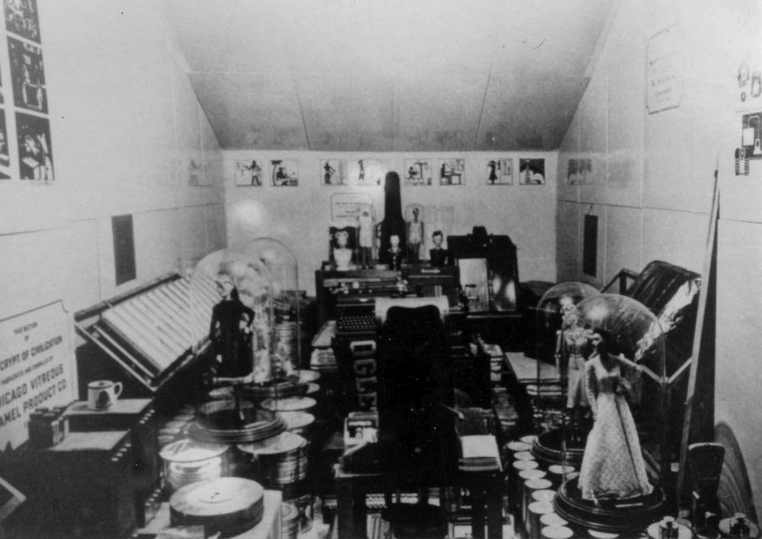
Contents of the Crypt of Civilization
One of the oldest American time capsules filled with artifacts by Samuel Adams and Paul Revere, the Massachusetts State House Time Capsule had been placed near the building’s cornerstone in 1795 and was uncovered by workmen fixing a water leak in 2014. When the capsule was finally unsealed in 2015, a bunch of dated newspapers, coins dating back to the 1600s and a medal with an engraving of American Army General George Washington was uncovered from within.
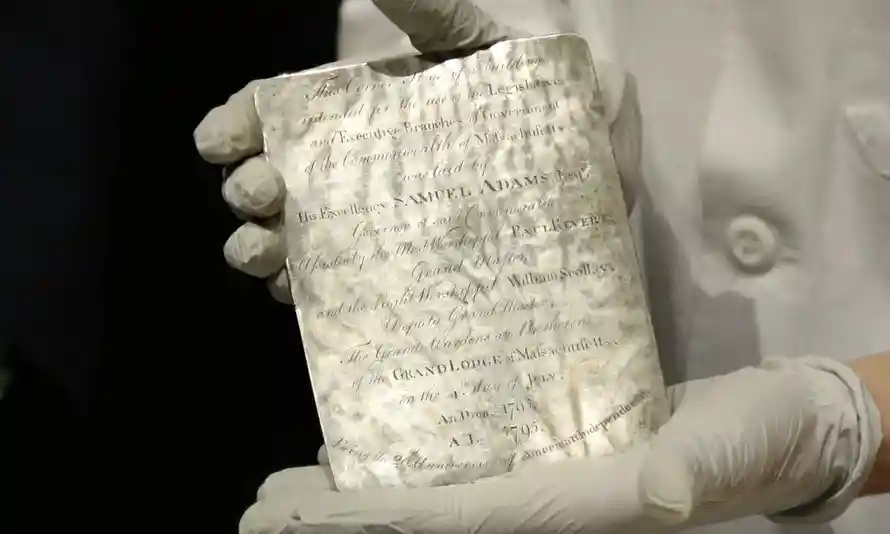
A silver plaque removed from the time capsule
For the 1970 Expo in Osaka, Panasonic designed a kettle-shaped time capsule timed to be opened 5000 years in the future. The primary container filled with a protective layer of inert argon gas consists an extensive collection of films, seed, microorganisms, a ceremonial kimono and even the blackened fingernail of a survivor of the 1945 Hiroshima atomic bombing (eww, we know, but if you think about it, this is quite a significant event in human history). What’s even more interesting is that they also built a second control capsule to be opened every century to ensure its survival and to keep the project’s memory alive.
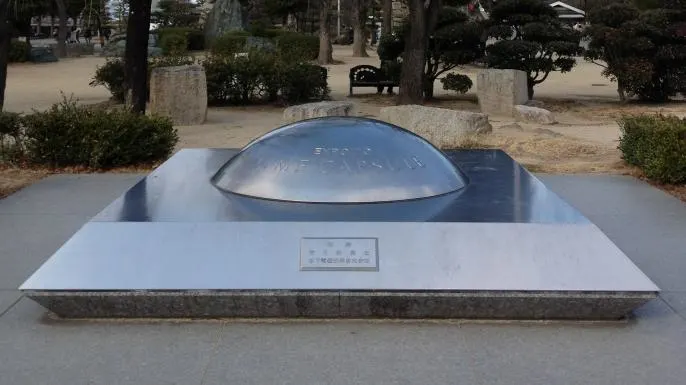
The Expo ‘70 time capsule
Alaska’s Federal Building Juneau, includes a room sized time capsule, first closed off in 1994 packed with memorabilia collected and contributed by locals as part of a citywide project. The time capsule essentially consists of items symbolic of the 90s – a Sony Walkman (classic 90s right?), a Barbie doll, old drivers’ licenses and a box of menus collected from all local restaurants. This time capsule also consists of letters written by children to students of the future – while copies of these have been released, the original will only be available when the time capsule is opened in 2094, one hundred years after it was sealed.
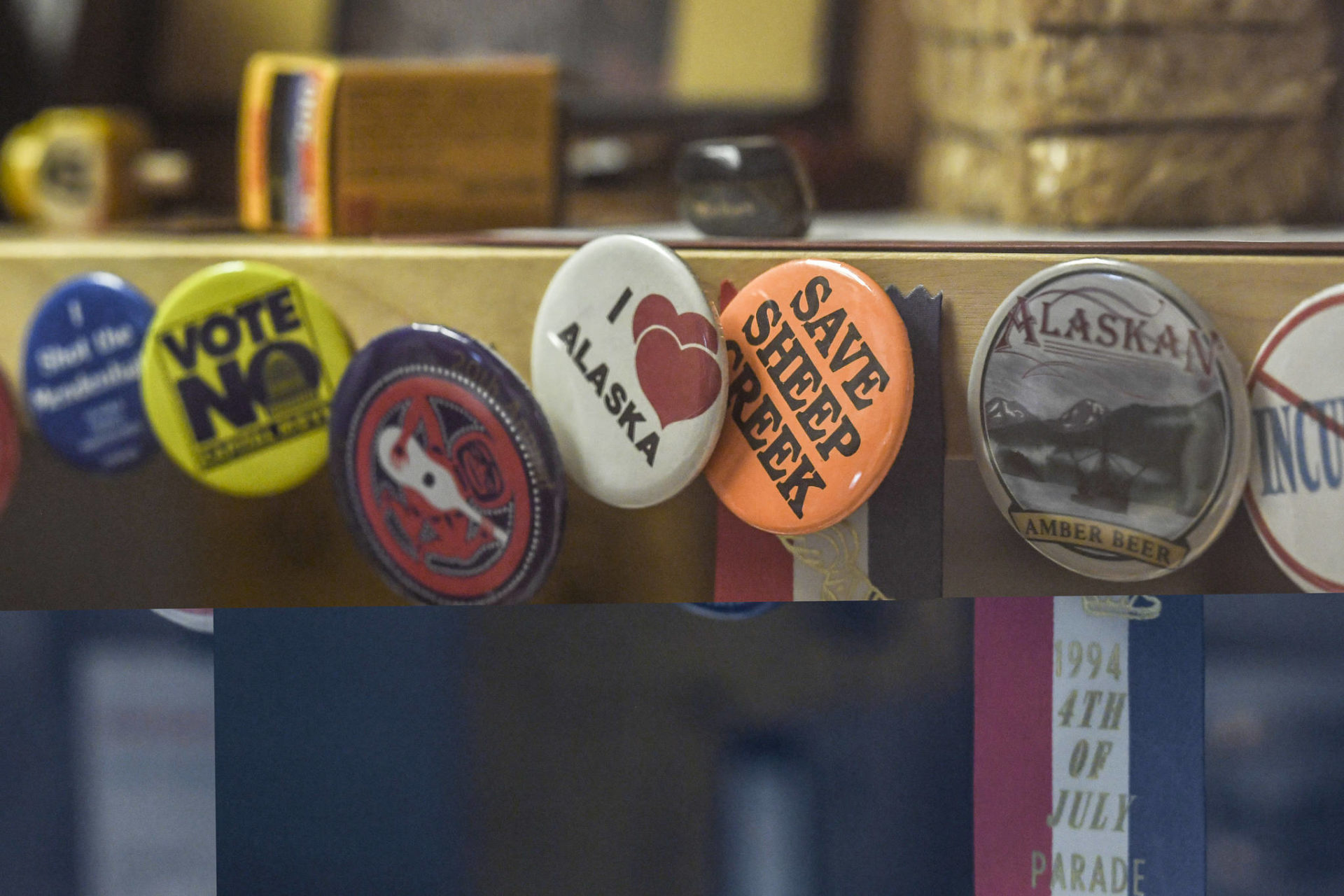
Some pins placed inside the Juneau time capsule
Finally, our personal favourite, The Future Library which combines literature, art and time capsules all into one. This project, brainchild of Scottish artist Katie Patterson is a literary time capsule that has, since 2014, collected a literary text from prominent authors like Margaret Atwood, David Mitchell among others. The idea is to collect 100 pieces of literary work over a period of one hundred years only to be revealed in 2114 as part of a large literary anthology. To support this initiative, one thousand trees have been planted in a forest in Nordmarka, outside Oslo in order to supply paper. Each year a special ceremony is conducted at the heart of the forest wherein the author hands over their work to the curator, sounds right out of a fairytale, doesn’t it? We really think that it is!
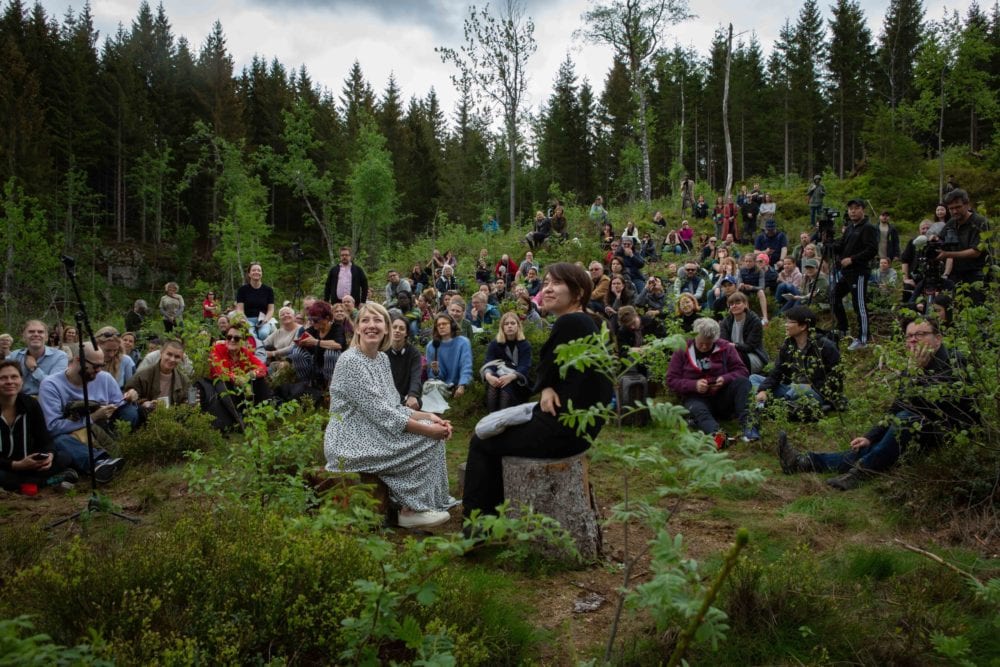
A handover ceremony in the Nordmarka forest
Time capsules, as such an extremely romantic notion, do provide an important understanding of history. If you were ever to compile a time capsule to be opened by our descendants in the distant future, have you ever thought about what you would put into it? For us it would most likely be a compilation of letters and photographs for our future generations to discover!
